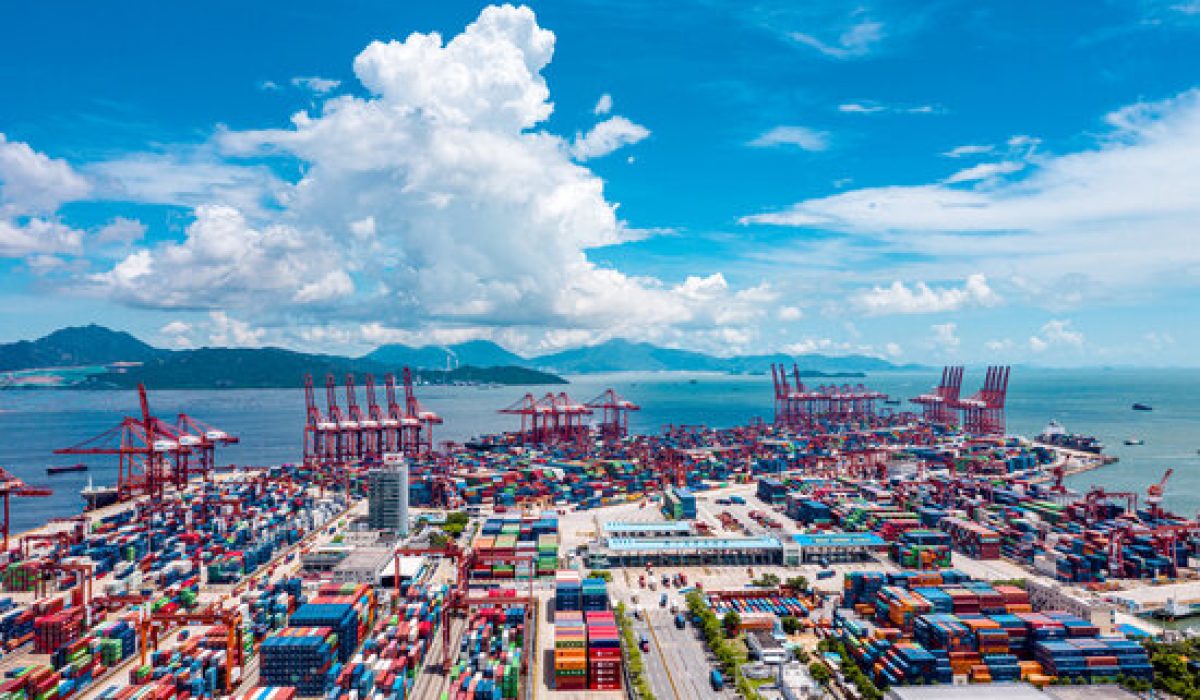On August 16, at the China (Guangzhou) Cross-border E-commerce Fair (hereinafter referred to as the Cross-border E-commerce Fair), Chu Shijia, director of the China Foreign Trade Center, said that in the first half of this year, my country’s cross-border e-commerce imports and exports reached 1.22 trillion yuan, a year-on-year increase of 10.5%, 4.4 percentage points higher than the overall growth rate of my country’s foreign trade in the same period. By the end of 2023, the scale of my country’s cross-border e-commerce imports and exports will be 2.38 trillion yuan, 1.2 times higher than 1.06 trillion yuan five years ago, fully demonstrating the resilience and vitality of cross-border e-commerce in the complex and changing international trade environment.
It is reported that this year’s Cross-border E-commerce Fair has an exhibition area of more than 40,000 square meters, with more than 1,000 high-quality companies from more than 20 provinces and cities participating in the exhibition, covering the entire industry chain of cross-border e-commerce comprehensive pilot zones, cross-border e-commerce platforms, supply chain payment, logistics, marketing systems and technical services, and financial services.
“This year’s Cross-Border E-Commerce Expo attracted 40 well-known domestic and foreign cross-border e-commerce platforms and leading platforms from emerging markets such as Africa, Europe, South America, and the Middle East to participate in the exhibition.” Chu Shijia said that in the future, the exhibition formats of the Cross-Border E-Commerce Expo will be further enriched, the lineup of cross-border e-commerce platforms will continue to be expanded, and the cross-border e-commerce ecosystem such as big data, cloud computing, finance and taxation, compliance, and asset management will be extended to promote industry consultation, co-construction, and sharing.

